www.noise2k.com
SMART ROADS
SMART ROAD TECHNOLOGIES: FLATENING THE ROAD TO THE FUTURE
Roads are an often overlooked part of modern transportation infrastructure. We have all heard of self-driving cars, navigation apps and driving services. But apparently, the road itself can be a platform for an extraordinary range of innovations. The roads can be updated with communication, lighting and energy transmission technologies that can support sustainability, improve safety and transform the driving experience.
WHAT ARE SMART ROAD TECHNOLOGIES?
Smart roads use Internet of Things (IoT) devices to make driving safer, more efficient and greener, combining physical infrastructures such as sensors and solar panels with software infrastructures such as AI and big data.
Smart road technologies are integrated into the roads and can improve visibility, generate energy, communicate with autonomous vehicles, monitor road conditions and more:

IoT connectivity
City streets can be connected to IoT devices and collect traffic and climate data. This type of connectivity can improve safety, traffic management and energy efficiency.

Traffic Management Networks
The network uses smart cameras to provide warnings about any dangerous conditions and sends automated traffic diversion signals, suggesting alternative routes.

Traffic light optimization
Systems that use data from CCTV or intelligent vehicles to optimize traffic lights and update those who move in the event of blockages or slowdowns.
Most transportation technologies focus directly on individual vehicles. In addition, there have been important advances in technology solutions for large-scale smart infrastructures. Worldwide experiments in vehicle-to-infrastructure (V2I), vehicle-to-vehicle (V2V) and pedestrian-to-vehicle (V2P) technologies will make urban and suburban transportation smarter and safer.
7 SMART ROAD TECHNOLOGIES
Solar Powered Roadways
Smart Pavement
Glow In The Dark Roads
Interactive Lights
Electric Priority Lane For Charging Electric Vehicles
Weather Detection
Traffic Detection

Solar Powered Roadways
Photovoltaic cells are embedded within hexagonal panels made of tempered glass, which are used to pave roads. These panels contain LEDs, microprocessors, snow-melting heating devices and inductive charging capability for electric vehicles when driving. Glass is renewable and can be engineered to be stronger than steel, and to allow cars to stop safely even when traveling at high speeds.
Smart Pavement
Specially engineered roadways fitted with smart features, including sensors that monitor and report changing road conditions, and WiFi transmitters that provide broadband services to vehicles, homes and businesses. The smart pavement can also charge electric cars as they drive.
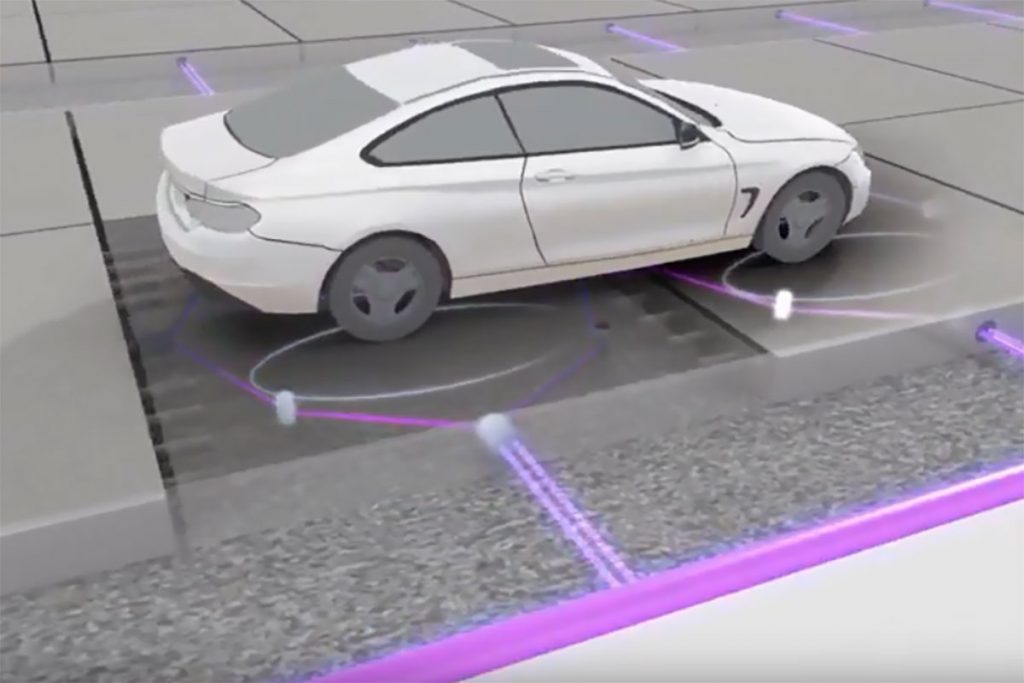

Glow In The Dark Roads
Glowing markers painted onto existing roadway surfaces use a photo-luminescent powder that absorbs and stores daylight. The 500m long strips glow for 8 hours after dark. This technology is still in the testing phase, and the glow is not yet consistent, but it could be more cost-effective than traditional road lighting.
Interactive Lights
Road lights activated by motion sensors to illuminate a particular section of the road as a car approaches. The lights dim once the car passes. Suited for roads with less traffic, interactive lights provide night visibility as needed and reduce energy wastage when there are no cars.
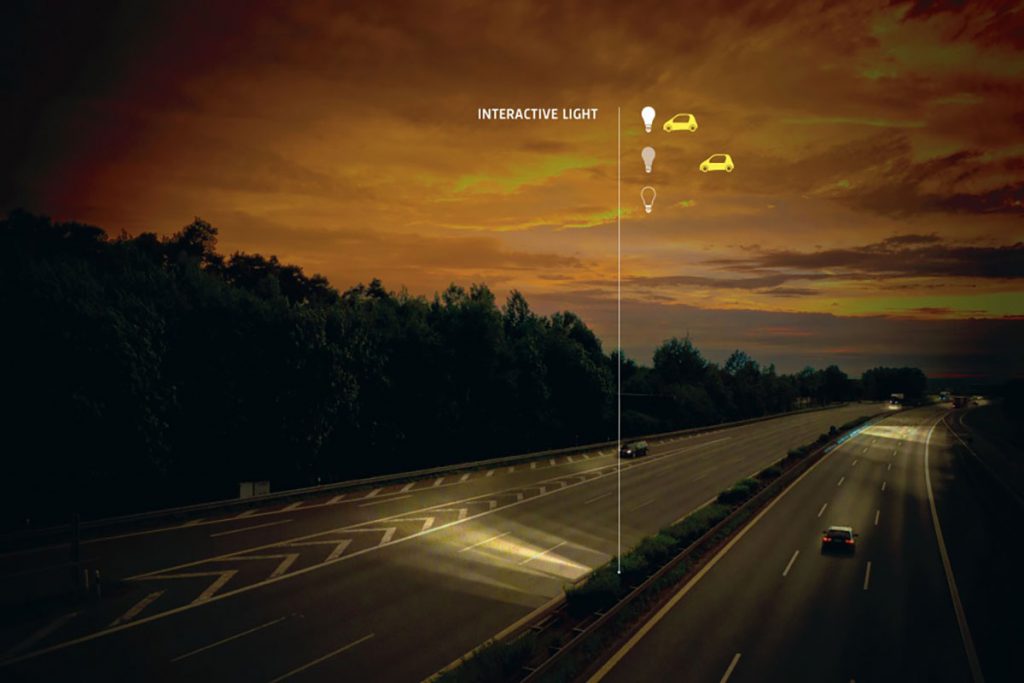
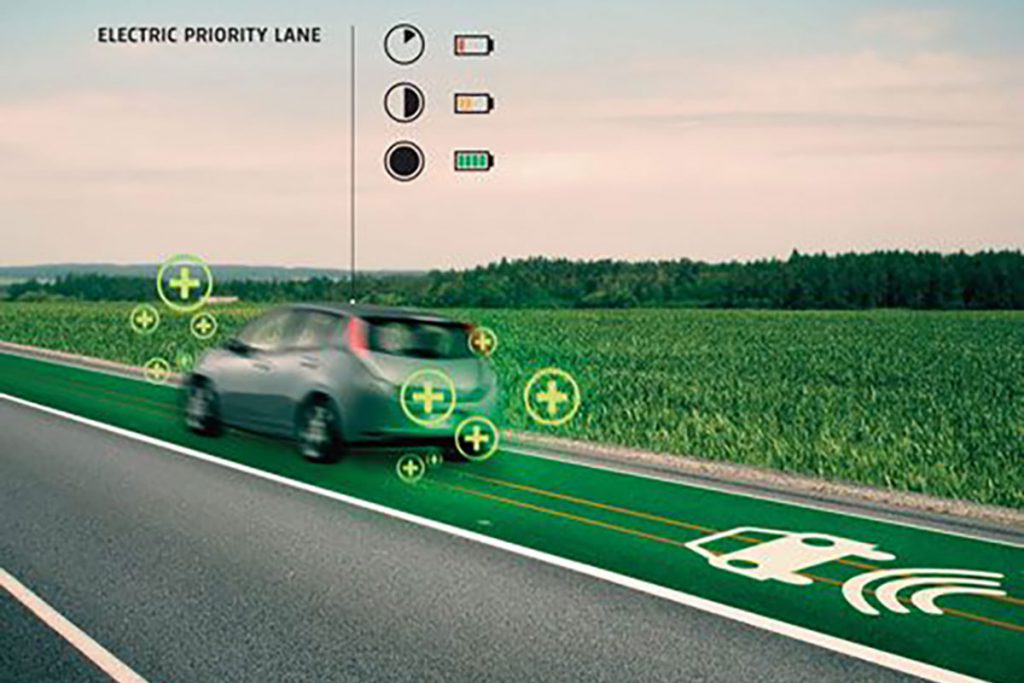
Electric Priority Lane For Charging Electric Vehicles
Embedded cables generate magnetic fields that charge electric vehicles while driving. A receiver coil in the vehicle picks up electromagnetic oscillations from a transmitter coil embedded in the road and converts them to AC, which can then power the car. Inductive charging technology already exists for static cars, but future wireless technology could charge batteries while in motion.
Weather Detection
Networks of AI-integrated sensors detect weather conditions that impact road safety. Road Weather Information Systems (RWIS) in use today are limited because they only collect data from a small set of weather stations. A larger future network could use automated weather stations to collect atmospheric and weather data and instantly upload it to the cloud. Dynamic temperature-sensitive paint could be used to highlight invisible roadway conditions like black ice.
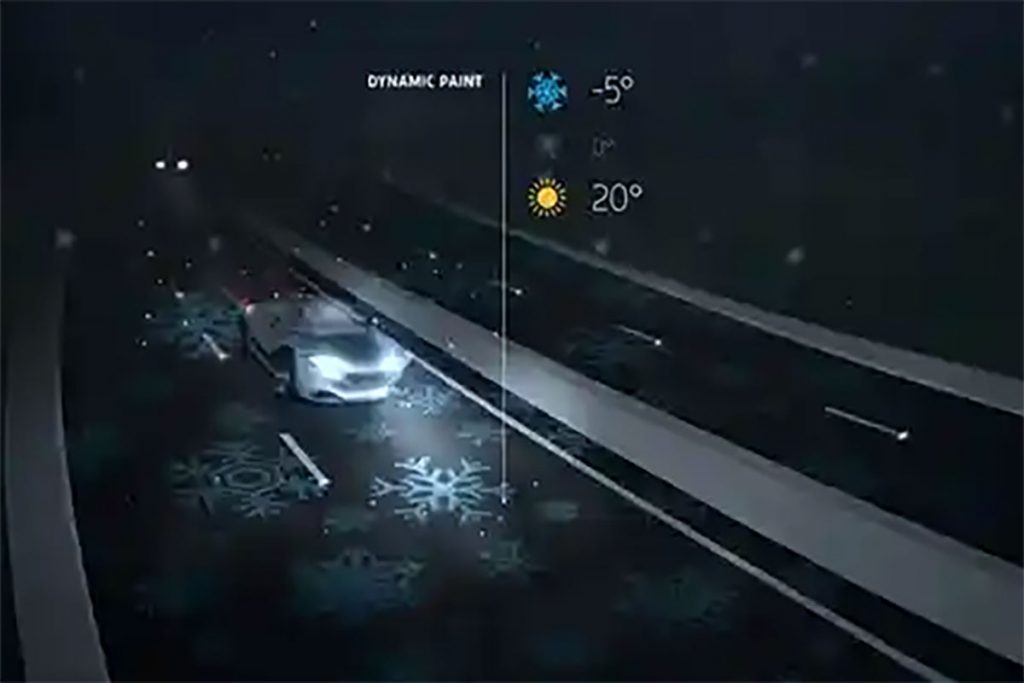
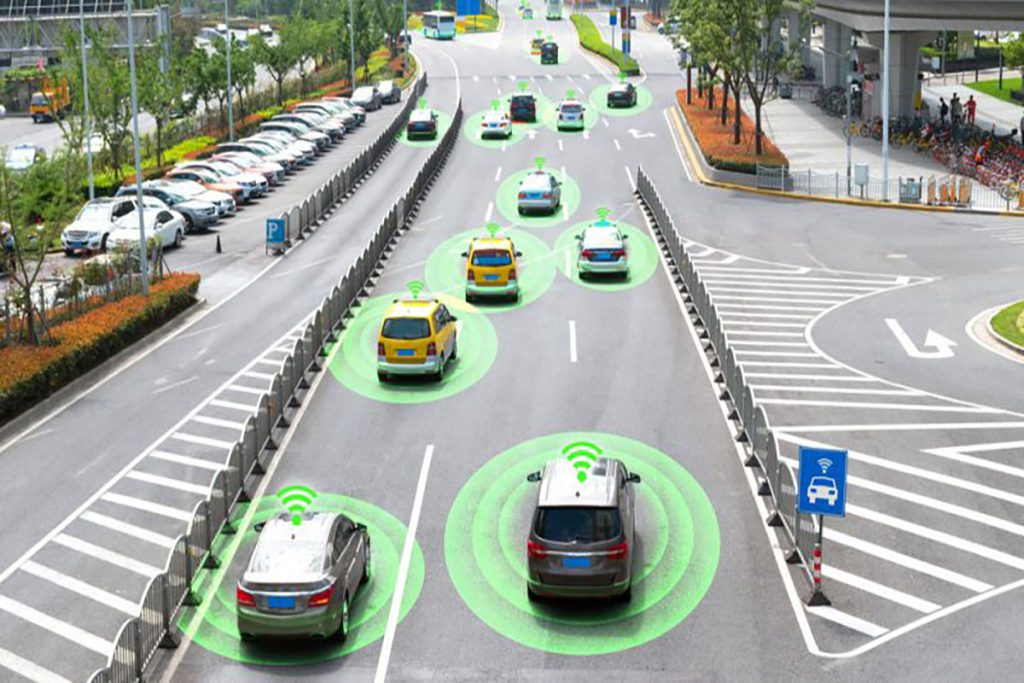
Traffic Detection
Data that helps travelers plan their routes. Sensors lining highways monitor traffic flow and weight load, warn drivers of traffic jams, and automatically alert the authorities about accidents. Fiber-optic cables embedded in the road detect wear and tear, and communication between vehicles and roads can improve traffic management. For example, Rapid Flow Technologies uses artificial intelligence (AI) to manage traffic lights, which respond to each other and to cars.
www.noise2k.com is proudly powered by WordPress
